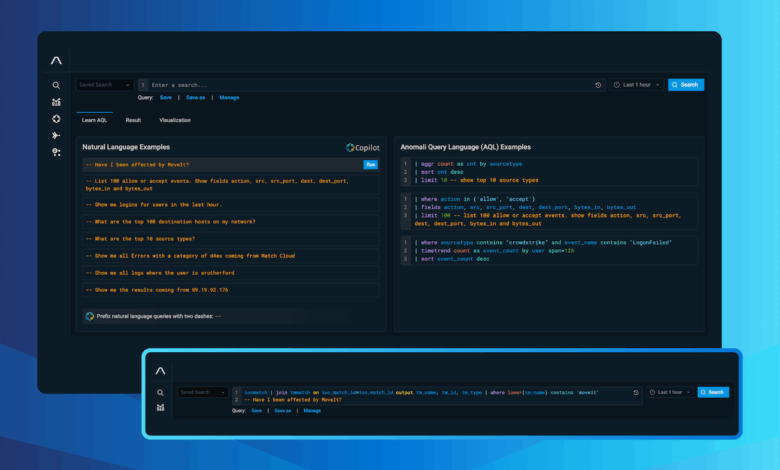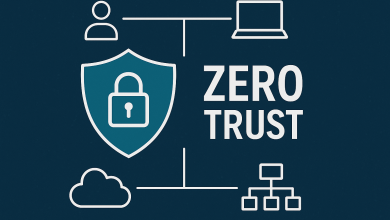
As cyber threats increase in sophistication, security leaders face an uphill battle – threat actors need only succeed once, while defenders must be right every time. With 78% of organizations reporting breaches in 2024 according to Forrester, AI has become a necessary ally in effective security operations. My experience shows that success depends not on the technology itself, but on proper preparation and deployment.
Common Misconceptions About AI in Security
Organizations often approach AI with misconceptions that undermine success. Some see it as a magical cure-all, while others reduce it to a mere alert summarization tool. Both views inevitably lead to disappointment. I’ve seen this play out repeatedly—customers expect AI to tackle complex analytical tasks immediately, when they should start by automating routine functions.
Three primary challenges consistently emerge when organizations implement AI for security operations:
- First, data quality and structure are paramount. AI cannot perform effectively if your data isn’t clean or properly configured. The saying “garbage in, garbage out” applies perfectly here – if you feed AI poor quality data, the outputs may not be accurate and could reduce the effectiveness of a company’s security posture.
- Second, cost considerations must drive use case selection. AI implementations remain relatively expensive, and over-enthusiastic use can drive expenses. This makes it critical to identify which applications will provide the best return on investment. Not every security function benefits equally from AI enhancement.
- Third, data transformation pipelines require careful design. The frequency and structure of queries significantly impact AI performance. By structuring data appropriately for specific security questions, you can achieve faster, more accurate results.
Preparing Your Security Environment for AI Success
The most successful AI implementations begin not with technology but with clear objectives. Rather than building AI capabilities and then determining how to use them, start by identifying the specific security questions you need answered.
For example, when a customer wanted AI to evaluate their overall security posture, we first had to translate this broad question into measurable components – examining risk indicators, defense coverage maps and attack surface analysis. By structuring tables specifically designed to display these metrics, we created a foundation for AI to analyze gaps and correlate them with emerging threat campaigns.
This structured approach enables AI to generate meaningful insights such as: “There’s a new campaign targeting vulnerable cloud infrastructure using these specific techniques. Your organization lacks adequate defense mechanisms for these techniques, creating elevated risk.”
Real-World Applications That Deliver Value
The most immediate benefit of well-implemented security AI comes from automating routine, time-consuming tasks that typically consume 60-70% of a security analyst’s time. By handling mundane activities such as triaging standard alerts or filtering obvious false positives, AI frees human analysts to focus on complex threats requiring judgment and experience.
Another significant advantage is 24/7 monitoring capability. Unlike human analysts who require rest, AI systems operate continuously, maintaining consistent vigilance. Once trained on specific patterns and anomalies, AI excels at detecting subtle deviations from normal behavior that might signal compromise.
For organizations struggling with mean time to detect (MTTD) and mean time to respond (MTTR) metrics, AI offers substantial improvements. As security teams face overwhelming alert volumes, these metrics tend to degrade. AI helps by managing the noise, surfacing truly suspicious activities and automatically initiating standard response protocols.
Consider a financial services customer who implemented AI to analyze login behaviors. By establishing baselines for normal login patterns, locations, and failure rates, the system could identify statistical anomalies – such as a user experiencing ten times the normal login failures or attempting access from unexpected locations. This approach detected compromise attempts that would have taken analysts significantly longer to identify manually.
The Future: AI Agents Transforming Security Architecture
Looking ahead, the next revolution in security operations will center around AI agent frameworks. Much as APIs transformed integration between disparate systems, agent frameworks will enable intelligent interactions across security tools.
Imagine security environments where each component – SIEM systems, endpoint protection platforms, network monitoring tools – has its own AI agent capable of communicating with others. When investigating potential threats, these agents collaborate autonomously, gathering and correlating relevant data without human instruction.
For critical security decisions, human oversight remains essential. The most effective implementations maintain humans in the loop for high-consequence actions, using AI to handle routine decisions while escalating potentially severe threats for analyst review.
Implementation Challenges to Overcome
Despite the promising benefits, many organizations struggle during initial AI implementation. The most common pitfalls I observe include:
- Inadequate data integration: Security data often resides in siloed systems. Without unified data flows, AI struggles to form a comprehensive view of threats.
- Insufficient context: AI needs more than raw data – it needs context about network topology, business priorities, and acceptable user behaviors to make accurate decisions.
- Unrealistic expectations: Expecting immediate transformation leads to disappointment. Set incremental goals and measure success against specific use cases.
- Regulatory concerns: Organizations must address data privacy requirements, particularly for AI systems that might process sensitive information across regions with different regulations.
By embracing AI as an augmentation rather than a replacement for security teams, organizations can significantly enhance their cyber defense capabilities while maintaining appropriate human judgment where it matters most. The key is approaching implementation methodically, with clear objectives and realistic expectations about what AI can accomplish in a security environment today, to be prepared for the future.




